American Modernism 1900 -1945 Between World Wars

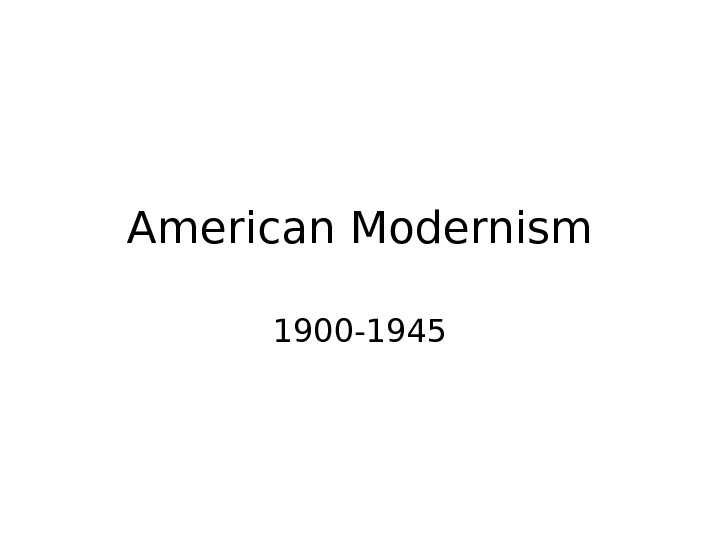
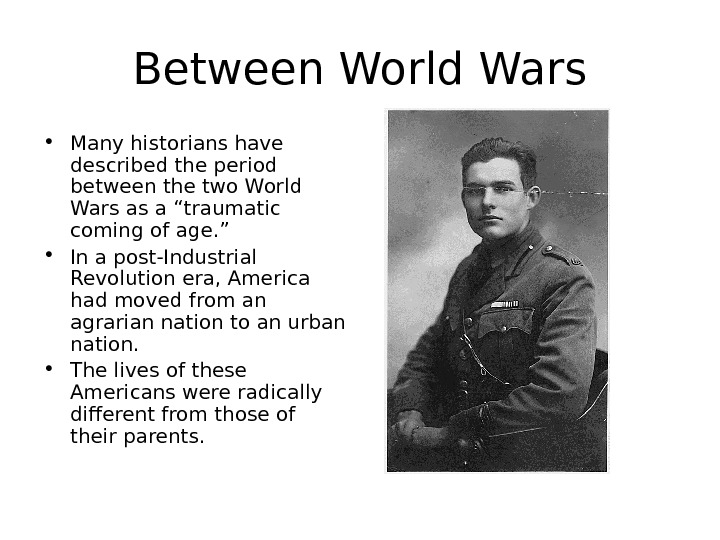
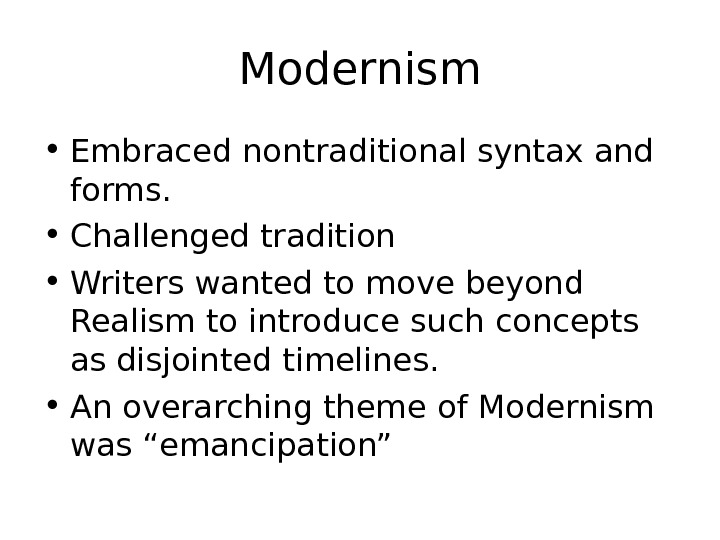
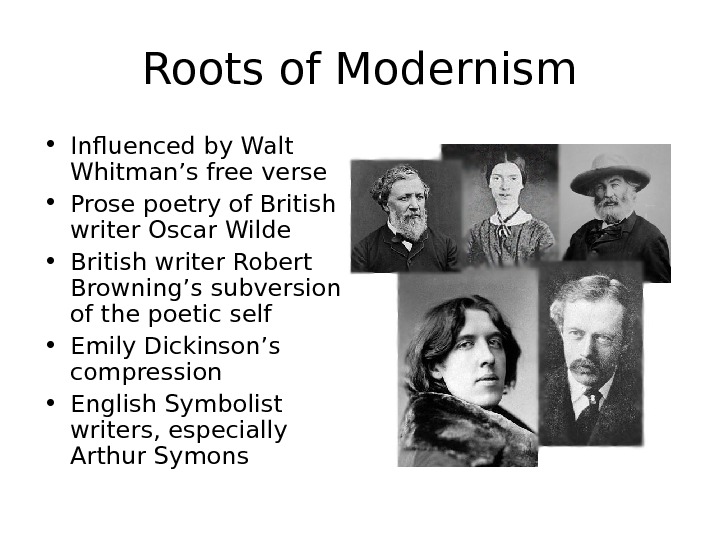
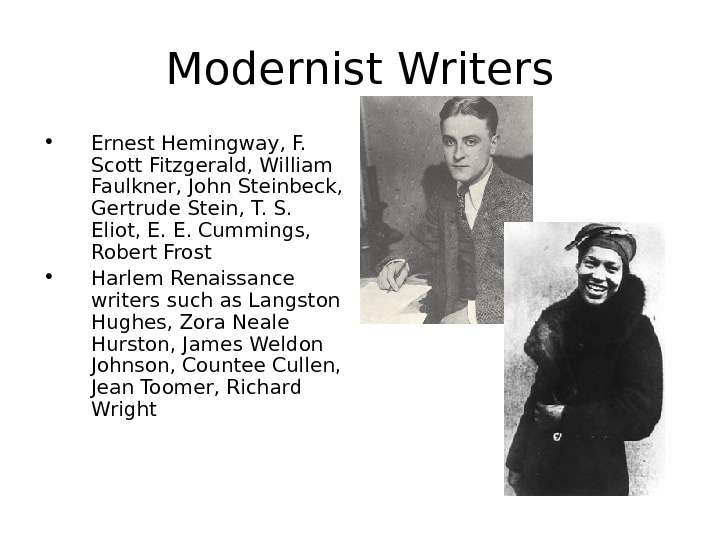
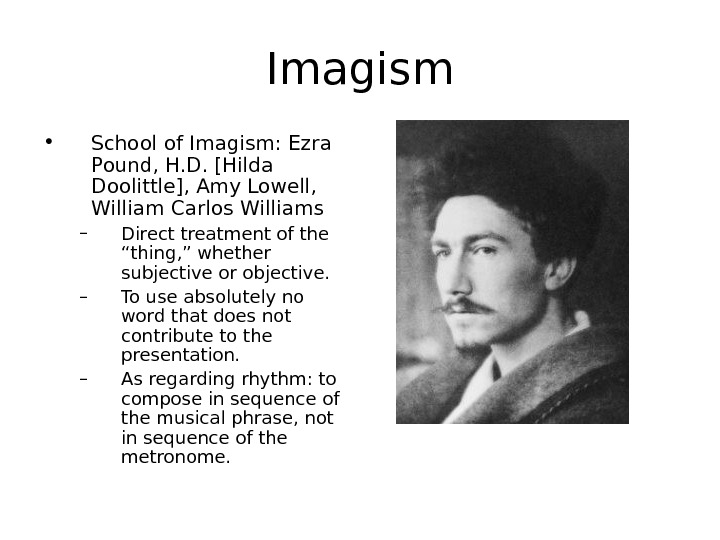
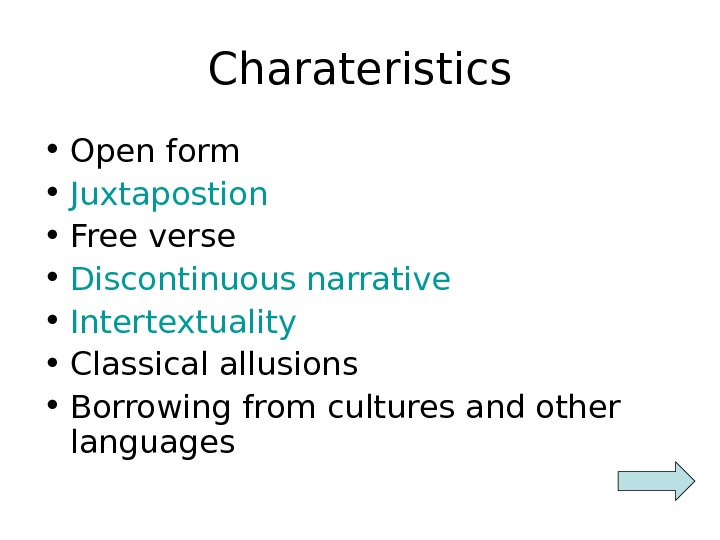

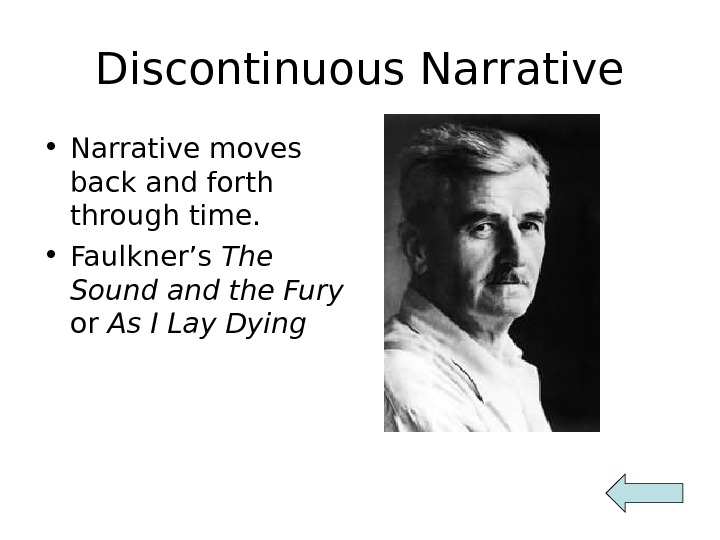
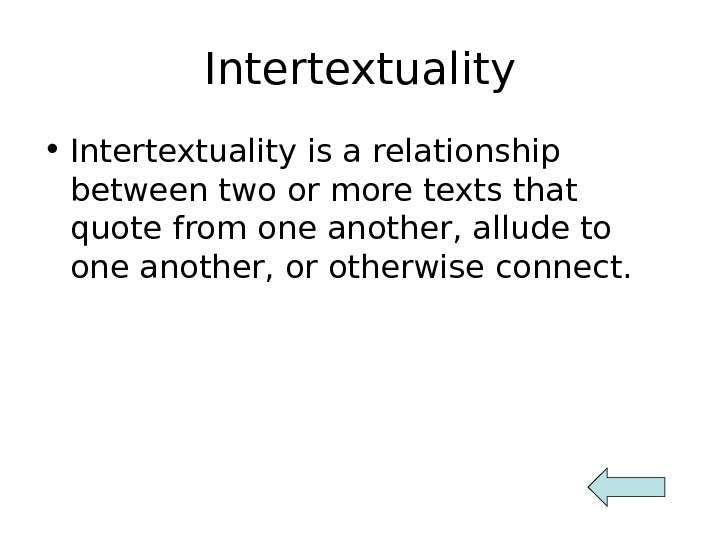
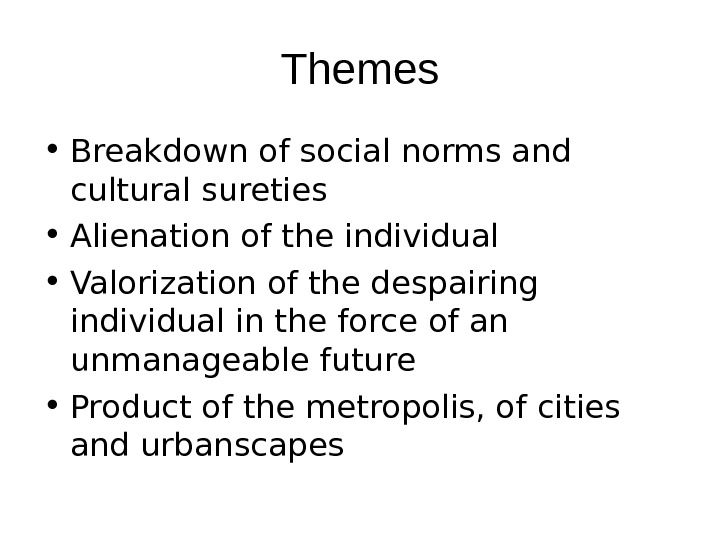
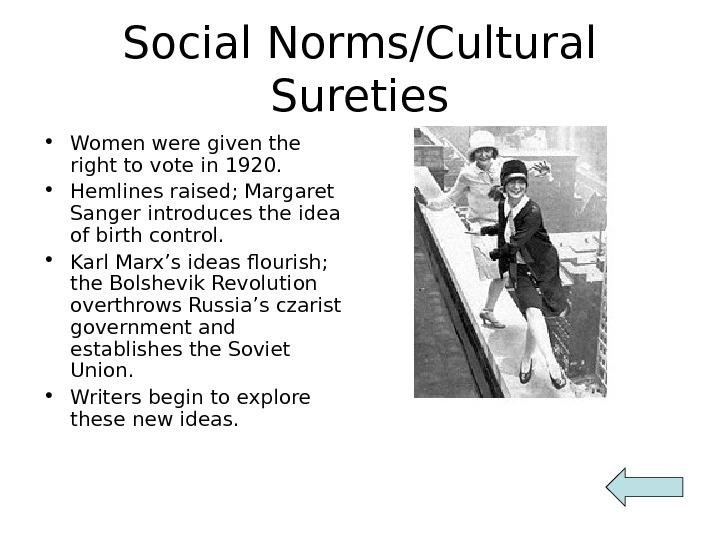
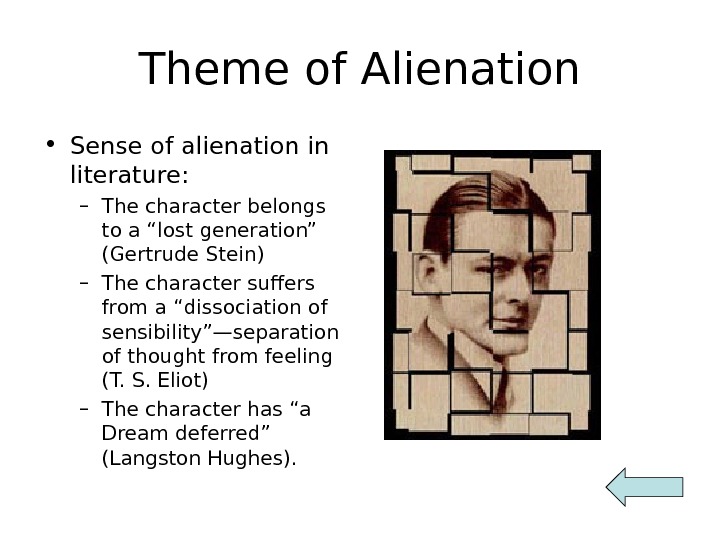
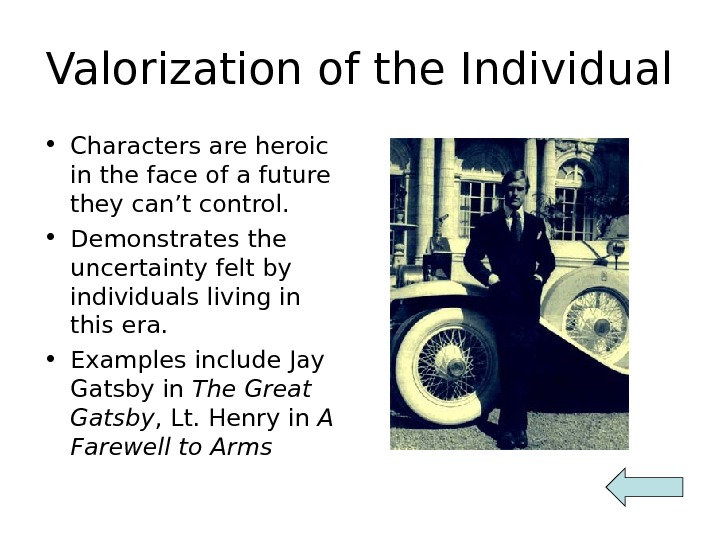

- Размер: 403.5 Кб
- Количество слайдов: 15
Описание презентации American Modernism 1900 -1945 Between World Wars по слайдам
 American Modernism 1900 —
American Modernism 1900 —
 Between World Wars • Many historians have described the period between the two World Wars as a “traumatic coming of age. ” • In a post-Industrial Revolution era, America had moved from an agrarian nation to an urban nation. • The lives of these Americans were radically different from those of their parents.
Between World Wars • Many historians have described the period between the two World Wars as a “traumatic coming of age. ” • In a post-Industrial Revolution era, America had moved from an agrarian nation to an urban nation. • The lives of these Americans were radically different from those of their parents.
 Modernism • Embraced nontraditional syntax and forms. • Challenged tradition • Writers wanted to move beyond Realism to introduce such concepts as disjointed timelines. • An overarching theme of Modernism was “emancipation”
Modernism • Embraced nontraditional syntax and forms. • Challenged tradition • Writers wanted to move beyond Realism to introduce such concepts as disjointed timelines. • An overarching theme of Modernism was “emancipation”
 Roots of Modernism • Influenced by Walt Whitman’s free verse • Prose poetry of British writer Oscar Wilde • British writer Robert Browning’s subversion of the poetic self • Emily Dickinson’s compression • English Symbolist writers, especially Arthur Symons
Roots of Modernism • Influenced by Walt Whitman’s free verse • Prose poetry of British writer Oscar Wilde • British writer Robert Browning’s subversion of the poetic self • Emily Dickinson’s compression • English Symbolist writers, especially Arthur Symons
 Modernist Writers • Ernest Hemingway, F. Scott Fitzgerald, William Faulkner, John Steinbeck, Gertrude Stein, T. S. Eliot, E. E. Cummings, Robert Frost • Harlem Renaissance writers such as Langston Hughes, Zora Neale Hurston, James Weldon Johnson, Countee Cullen, Jean Toomer, Richard Wright
Modernist Writers • Ernest Hemingway, F. Scott Fitzgerald, William Faulkner, John Steinbeck, Gertrude Stein, T. S. Eliot, E. E. Cummings, Robert Frost • Harlem Renaissance writers such as Langston Hughes, Zora Neale Hurston, James Weldon Johnson, Countee Cullen, Jean Toomer, Richard Wright
![Imagism • School of Imagism: Ezra Pound, H. D. [Hilda Doolittle], Amy Lowell, William Carlos Imagism • School of Imagism: Ezra Pound, H. D. [Hilda Doolittle], Amy Lowell, William Carlos](/docs//american_modernism_images/american_modernism_5.jpg) Imagism • School of Imagism: Ezra Pound, H. D. [Hilda Doolittle], Amy Lowell, William Carlos Williams – Direct treatment of the “thing, ” whether subjective or objective. – To use absolutely no word that does not contribute to the presentation. – As regarding rhythm: to compose in sequence of the musical phrase, not in sequence of the metronome.
Imagism • School of Imagism: Ezra Pound, H. D. [Hilda Doolittle], Amy Lowell, William Carlos Williams – Direct treatment of the “thing, ” whether subjective or objective. – To use absolutely no word that does not contribute to the presentation. – As regarding rhythm: to compose in sequence of the musical phrase, not in sequence of the metronome.
 Charateristics • Open form • Juxtapostion • Free verse • Discontinuous narrative • Intertextuality • Classical allusions • Borrowing from cultures and other languages
Charateristics • Open form • Juxtapostion • Free verse • Discontinuous narrative • Intertextuality • Classical allusions • Borrowing from cultures and other languages
 Juxtaposition • Two images that are otherwise not commonly brought together appear side by side or structurally close together, thereby forcing the reader to stop and reconsider the meaning of the text through the contrasting images, ideas, motifs, etc. • For example, “He was slouched alertly” is a juxtaposition.
Juxtaposition • Two images that are otherwise not commonly brought together appear side by side or structurally close together, thereby forcing the reader to stop and reconsider the meaning of the text through the contrasting images, ideas, motifs, etc. • For example, “He was slouched alertly” is a juxtaposition.
 Discontinuous Narrative • Narrative moves back and forth through time. • Faulkner’s The Sound and the Fury or As I Lay Dying
Discontinuous Narrative • Narrative moves back and forth through time. • Faulkner’s The Sound and the Fury or As I Lay Dying
 Intertextuality • Intertextuality is a relationship between two or more texts that quote from one another, allude to one another, or otherwise connect.
Intertextuality • Intertextuality is a relationship between two or more texts that quote from one another, allude to one another, or otherwise connect.
 Themes • Breakdown of social norms and cultural sureties • Alienation of the individual • Valorization of the despairing individual in the force of an unmanageable future • Product of the metropolis, of cities and urbanscapes
Themes • Breakdown of social norms and cultural sureties • Alienation of the individual • Valorization of the despairing individual in the force of an unmanageable future • Product of the metropolis, of cities and urbanscapes
 Social Norms/Cultural Sureties • Women were given the right to vote in 1920. • Hemlines raised; Margaret Sanger introduces the idea of birth control. • Karl Marx’s ideas flourish; the Bolshevik Revolution overthrows Russia’s czarist government and establishes the Soviet Union. • Writers begin to explore these new ideas.
Social Norms/Cultural Sureties • Women were given the right to vote in 1920. • Hemlines raised; Margaret Sanger introduces the idea of birth control. • Karl Marx’s ideas flourish; the Bolshevik Revolution overthrows Russia’s czarist government and establishes the Soviet Union. • Writers begin to explore these new ideas.
 Theme of Alienation • Sense of alienation in literature: – The character belongs to a “lost generation” (Gertrude Stein) – The character suffers from a “dissociation of sensibility”—separation of thought from feeling (T. S. Eliot) – The character has “a Dream deferred” (Langston Hughes).
Theme of Alienation • Sense of alienation in literature: – The character belongs to a “lost generation” (Gertrude Stein) – The character suffers from a “dissociation of sensibility”—separation of thought from feeling (T. S. Eliot) – The character has “a Dream deferred” (Langston Hughes).
 Valorization of the Individual • Characters are heroic in the face of a future they can’t control. • Demonstrates the uncertainty felt by individuals living in this era. • Examples include Jay Gatsby in The Great Gatsby , Lt. Henry in A Farewell to Arms
Valorization of the Individual • Characters are heroic in the face of a future they can’t control. • Demonstrates the uncertainty felt by individuals living in this era. • Examples include Jay Gatsby in The Great Gatsby , Lt. Henry in A Farewell to Arms
 Urbanscapes • Life in the city differs from life on the farm; writers began to explore city life. • Conflicts begin to center on society.
Urbanscapes • Life in the city differs from life on the farm; writers began to explore city life. • Conflicts begin to center on society.

